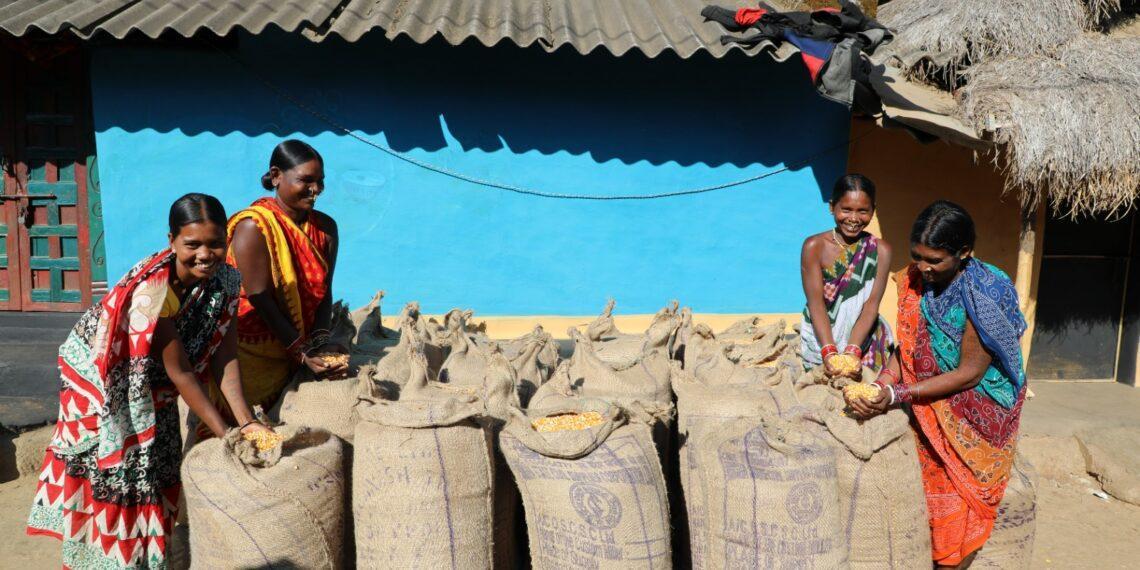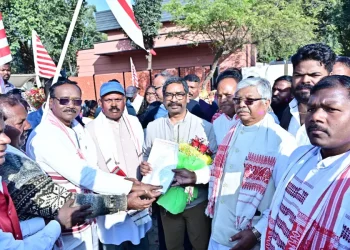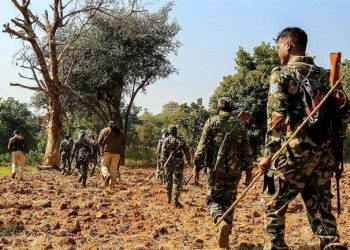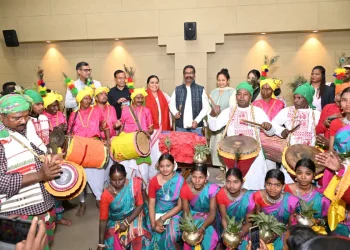Bhubaneswar
As part of its focus on income augmentation of tribals through livelihood intervention initiatives, the Odisha Government recently launched the Mukhya Mantri Janajati Jeevika Mission (MMJJY) in the State, wherein Scheduled Tribes constitute more than 22 percent of the total population.
The Mission has been envisioned through a “holistic approach of understanding that there is more than one element in the ecosystem which needs to be addressed for an impact”.
The objective of the initiative is to provide input support and mitigate critical infrastructural needs incidental to livelihood promotion. The scheme components include livestock development, market linkage, irrigation infrastructure, promotion of farm mechanisation, training and capacity building.
The Mukhya Mantri Janajati Jeevika Mission aims to cover 14.5 lakh tribal households in phases, starting in 2023-24. The first phase targets 1.5 lakh households in 119 blocks and 863 Gram Panchayats through a cluster approach. Those poor and vulnerable households that can’t be made part of any clusters will be assisted to take income generating activities at individual household levels. An outlay of Rs 500 crores for a 3-year period has been earmarked for the Mission.
According to the Mission plan, targeted adivasi farmers will be provided with “critical inputs” like quality seeds, planting and organic plant protection materials. Each beneficiary will get support for 0.5 acre for horticulture crops, vegetables and similar cost intensive high value crops. The support unit is limited to 1 acre for field crops like oil seed, pulses and cereal.

“In the past less than half a decade, various livelihood interventions have been initiated and successfully implemented in the tribal ecosystem. The understanding has been that when we are mapping the interconnectedness of the various elements, unique insights emerge which inspire policy shifts.
“Interaction with the tribal households on their experience of various programmes and learning of the civil society partners have enabled us to arrive at a design anchored in understanding the need, and imagine the enabler processes, feasibility and economically viable model,” says Odisha’s Commissioner-cum-Secretary, SC & ST Development, Minorities & OBC Welfare Department, Roopa Roshan Sahoo.
She stresses that the Mukhya Mantri Janajati Jeevika Mission is designed keeping the needs of the tribal people, their culture and ecosystem in mind.
MMJJY also focuses on support to livestock sector development like poultry, dairy, goatery, sheep rearing production and value chains in target areas for a broader engagement of landless tribal beneficiaries in the tribal sub-plan (TSP) blocks. Key activities listed under this sector are promotion of various dairy and poultry clusters and enterprises.
As for creation of irrigation infrastructure, MMJJY seeks to provide assistance for creating water sources through construction of community tanks, farm ponds and check dams to ensure lifesaving irrigation to farm clusters and tube-wells, dug-wells and farm ponds for individuals. The aim is to bring 50 percent of the clusters under assured irrigation.
While MMJJY prioritises creation of marketing infrastructure for horticulture and agriculture commodities, processing and value addition of horticulture produces will be achieved through assistance to individuals and SHGs for setting up primary or minimal processing units at the cluster level.
Promotion of farm mechanization among the indigenous communities is another component of MMJJY with the aim to improve farm efficiency and reduce drudgery of farm work force. Beneficiaries will receive assistance for procurement of power-operated machines and tools, besides import of new machines.

Training and capacity building of farmers, field level workers and officers are also the targets of this initiative. It will promote Farmer Field School method of learning-by-doing approach, thereby, enabling farmers to eventually “own” and adopt improved farming practice.
Formation of local institutions such as producers’ group, aggregation of beneficiaries into GPLF (Gram Panchayat Level Federation) or Cluster level SHG federations to bring economy of scale is yet another target of the scheme. It also aims at taking care of their product collectivisation, processing, value-addition, and social and economic needs including marketing.
Promotion of agri-entrepreneurs in all farm-based clusters will bring together services such as market linkage, access to high-quality input and crop advisory for a cluster of about 150-200 farmers. Besides, organic and natural farming will be promoted to harness environmental and economic benefits.
The Mission will be implemented in active collaboration of partners, the facilitating NGOs, who will be allotted specific areas and the technical partners for Design and Programme Implementation.
“Livelihood ecosystems in indigenous habitations are complex, dynamic and interconnected. The MMJJY is a model, based on understanding the complexities, interconnectedness and interdependence,” Sahoo outlines.
(The writer is associated with Odisha’s Poverty and Human Development Monitoring Agency)






















